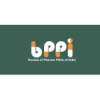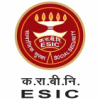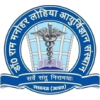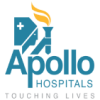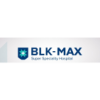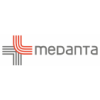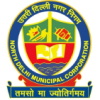Rate analysis in pharmaceutical procurement for government hospitals involves a thorough evaluation of the cost of pharmaceutical products and medical supplies. This process is critical for ensuring transparency, cost-effectiveness, and compliance with procurement guidelines. Here's how it's typically done:
- Product Identification:The first step is to identify the specific pharmaceutical products and medical supplies required by the hospital. These could include drugs, medical equipment, consumables, and more.
- Request for Quotations (RFQ):The hospital typically issues an RFQ to multiple pharmaceutical suppliers. The RFQ specifies the products needed, quantities, and often quality standards. Suppliers are then invited to submit their quotations.
- Quotation Evaluation:The received quotations are carefully evaluated. The analysis includes comparing prices, quality, delivery terms, and other relevant factors. The goal is to select the most cost-effective options without compromising on product quality.
- Negotiations:After initial evaluations, negotiations may be conducted with the selected suppliers to further refine the terms, prices, and delivery schedules.
- Supplier Selection:Once the most suitable suppliers are identified, they are chosen to provide the required products. It’s essential to ensure that selected suppliers are registered and compliant with government regulations.
- Rate Contract:After supplier selection, a rate contract is typically established. This document outlines the agreed-upon terms, pricing, delivery schedules, and other relevant details.
- Regular Monitoring:The procurement process doesn’t end with supplier selection. It involves ongoing monitoring to ensure that the suppliers adhere to the agreed terms and maintain the quality of products and services.
- Compliance and Auditing:Government hospitals often have compliance and auditing teams responsible for ensuring that the procurement process follows legal and ethical guidelines. Audits may be conducted periodically to verify compliance.
- Quality Control:Quality control measures are put in place to check the quality of pharmaceutical products and supplies. This includes checking for proper labeling, expiration dates, and quality standards.
- Feedback and Improvement:The hospital procurement department may also gather feedback from end-users, such as doctors and nurses, to assess the effectiveness and quality of the products. This information is used to improve future procurement decisions.
Rate analysis in pharmaceutical procurement for government hospitals is a meticulous process that aims to secure the best value for money while ensuring the availability of quality medical supplies for patient care. It is subject to government regulations and policies, and adherence to these rules is essential to maintain transparency and integrity in the procurement process.

